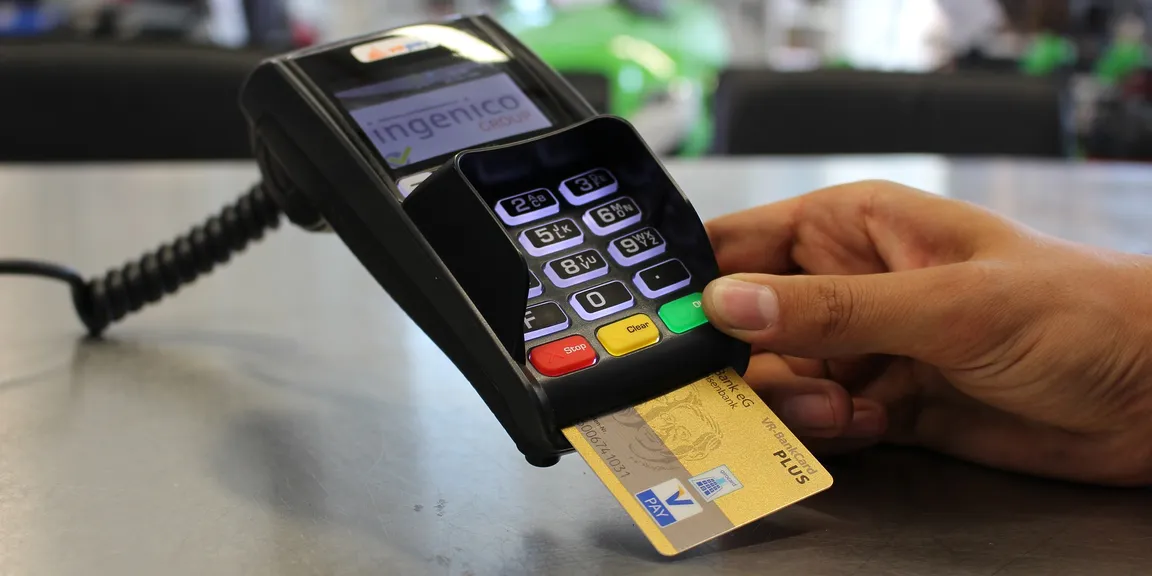

How to Accept Credit Card Payments for Your Small Business
Perhaps you are setting up a new business or startup, or you have an existing business which has never been able to accept credit card payments. Either way, you need to set up systems to be able to accept credit card payments.
You may already know that it is important to be able to accept credit card payments, but you are probably unsure how to make this happen. If this is something you’ve never done before, you this whole area may seem complicated and overwhelming.
Luckily, in 2020 it is actually fairly straight forward to be able to accept credit card payments. Check our simple guide below to accepting credit card payments for your small business!
Why Credit Card Payments Are Important
In 2020, it is simply not possible to do business without accepting credit card payments. According to a recent survey, around 70% of consumers prefer credit or debit card over any other payment method. This means that if you are not set up to allow your customers to pay by card, you risk losing their business. In business, it is critical to lower the barriers to making a purchase and therefore encourage your customers to making the sale. Not being able to pay cash can be a large barrier to many, meaning you may lose out on a large number of sales!
Additionally, card payments have a number of other advantages over cash and other payment options.
Accepting cash payments can carry a variety of practical problems, such as always needing to have change. It also has security concerns, leaving you open to theft. Card payments are secure, reliable and instantly. This is highly preferable if you are accustomed to invoicing your clients and waiting two or four weeks for them to pay. It also means that you are assured of the payment, so you don't need to worry about your clients defaulting on their debt entirely!
Types of Card Card Payment Methods
1. Counter-top Card Readers
One of the most popular ways to take payments remains the traditional counter-top card reader. This is a card card machine that plugs into the phone line or network and sits on your counter-top or reception desk. This is an easy, effective and efficient way to take credit or debit card payments for any business with a physical store front or office frequented by customers, such as stores, boutiques, medical practices and coworking spaces.
2. Wireless Card Reader
Another great option for bricks-and-mortar businesses is the wireless card reader. This is a more recent evolution of the counter-top card reader that works in a similar way but with one key difference. The card reader wirelessly connects to a base port which means that while the base port still needs to be plugged into the phone line or internet and so needs to be in the same spot, the card reader can be moved around the site or premises. This means that for bars and cafes for example, servers can take the card reader directly to the customers’ tables.
3. Mobile Card Reader
Even more mobile, the card reader connects to the network using a data connection. This means that it does not need to be close to a base port as with the wireless card reader, and so can be transported literally anywhere. Real estate agents, mobile hairdressers, plumbers, electricians, taxi drivers, and food trucks are among the businesses and contractors that will benefit from being able to accept credit card payments on the go with a mobile card reader.
4. Online Payment Methods
In our modern online age, more and more people are choosing to shop and pay online. This makes online payment methods ideal not online for internet-based businesses, but any business whose customers would appreciate the convenience of paying online. Online payment portals can be set up on any business’ website, as well as email payment systems, which simply involve sending a link to the customer for them to pay in one easy click.
How To Set Up Credit Card Payments
The first thing you’ll need to do is to find a credit card payment provider. These days, there are a number of providers who offer this service to small businesses. This is good news overall as this gives you a lot of choice, but it can also be a little overwhelming and difficult to find which is the right one for you.
Compare the different providers available in your location and for the kind of business you have and the type of payments you want to accept. Factors to consider include:
- Processing fees per transaction
- Set up, service, rental or other fees
- Types of payments facilitated
- How and when funds are transferred
- Contract duration and terms
Once you have made the decision about which is the right provider for your business, all that remains is to register for a merchant and you will be ready to go!




